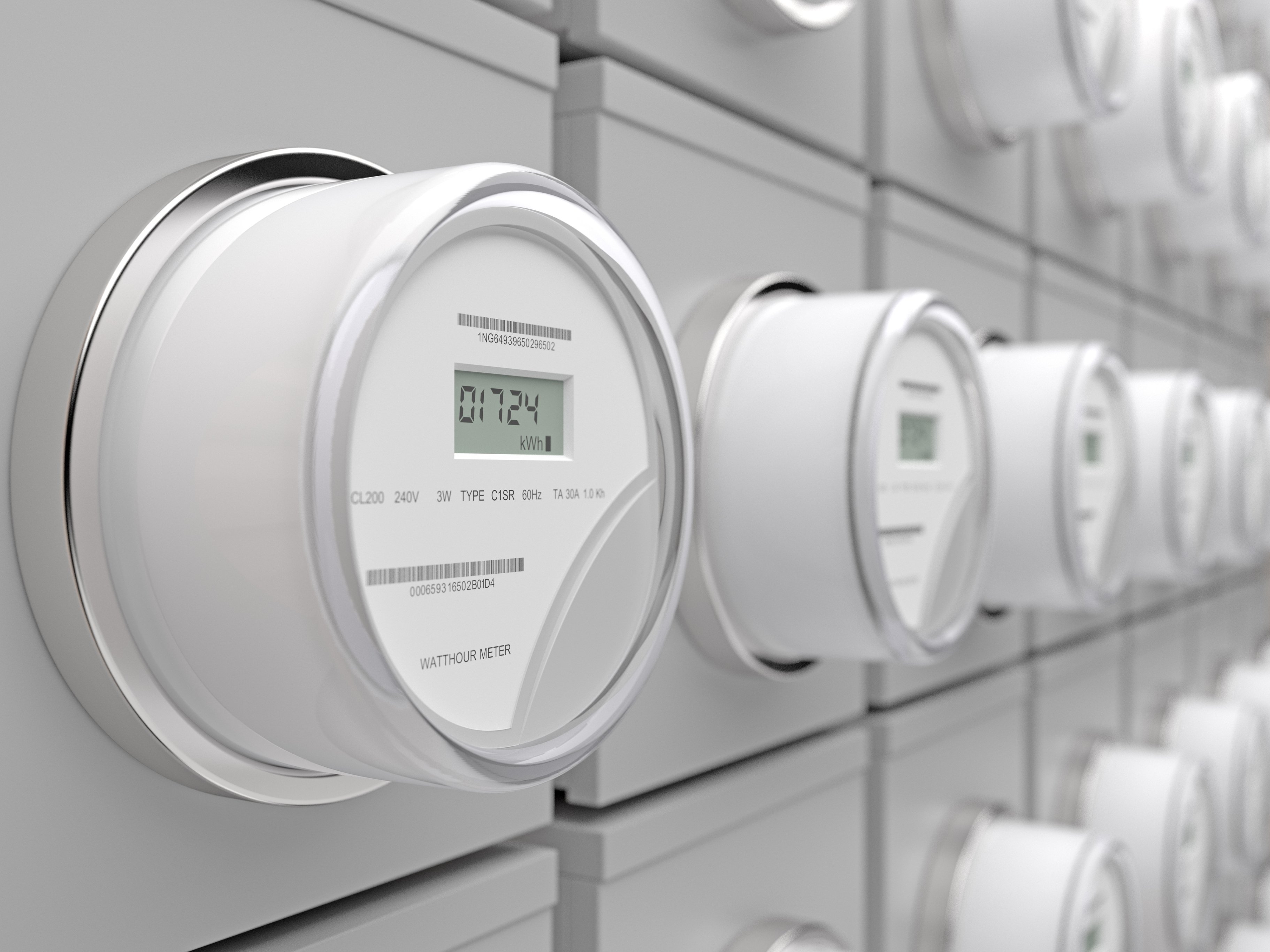Introduction
While LoRaWAN is inherently designed for ultra-low power consumption, especially in Class A mode, many IoT nodes must also operate high-power peripherals such as sensors and actuators. Metal-oxide gas sensors, particulate matter sensors, laser-based infrared (LDIR) sensors, and physical actuators such as motorized heating valves consume significantly more energy than wireless communication alone. These peripherals can rapidly deplete energy reserves if not carefully managed, particularly in scenarios requiring frequent sensing or actuation cycles.
Furthermore, advanced network functionalities such as Firmware Update Over the Air (FUOTA) introduce additional power demands. FUOTA typically requires extended periods of active radio use, especially when performed in LoRaWAN Class C mode, which keeps the receiver continuously open and is significantly more energy-intensive than the normal operation, Class A. In battery-powered devices, such procedures must be rare and tightly budgeted. In contrast, energy harvesting allows for more liberal use of these advanced capabilities without significantly compromising the device's operational lifetime.
Ultra-Early Wildfire Detection with LoRaWAN® Sensors
A notable example of energy harvesting in practice is Dryad Networks, whose mission is to provide ultra-early wildfire detection using a distributed network of solar-powered LoRaWAN sensors and gateways. This architecture enables the entire system to operate autonomously and maintenance-free for over 10 years. While LoRaWAN communication is ultra-low power, the sensing hardware required for fire detection presents a significant challenge to the device’s overall energy budget.
For instance, taking a measurement using a metal-oxide or particulate matter sensor consumes approximately ten times more energy than sending a LoRaWAN message. Furthermore, these sensors must be activated periodically to track the presence of fire-related compounds in the air. At the end, a LoRaWAN message is sent only when a fire is detected (alongside occasional heartbeat messages). Ultimately, the power consumed by fire-sensing components are in the range of two orders of magnitude greater than that used for data communication alone.
This renders fixed-battery designs impractical for this use case, not only due to the size, weight, cost, and transportation regulations associated with large batteries, but also because Li-ion batteries, being flammable, are unsuitable for forest deployment. Replaceable batteries are also ruled out due to the need for maintenance-free operation as well as the increased manufacturing cost of ensuring an IP67-rated weatherproof design.
Advantages of Energy Harvesting
Energy harvesting can substantially expand the total energy budget of an IoT device over its operational lifetime when compared to battery-only solutions. This expanded energy availability enables more frequent sensing and data transmission cycles, supports energy-intensive peripherals, and allows the use of more robust communication configurations, such as slower LoRa data rates (e.g., SF12) or more frequent uplinks, both of which would otherwise be prohibitive on limited battery reserves.
Moreover, energy harvesting decouples device lifetime from initial battery capacity, assuming consistent energy input. This enables the use of less chemically aggressive energy storage options, such as supercapacitors or lithium-ion capacitors (LiCaps), which are both environmentally friendlier and offer longer cycle life. With energy harvesting, operations like Class C receive windows and multiple FUOTA events become feasible, transforming previously rare or constrained capabilities into standard features.
In systems like Dryad’s, where field accessibility is minimal, energy harvesting becomes a critical enabler for scalability. Thousands of sensor nodes can operate autonomously for years, transmitting environmental data in real time and receiving firmware updates without any physical intervention.
Challenges and Design Considerations
Despite these benefits, integrating energy harvesting into IoT systems requires careful system-level design. The primary challenge lies in the non-constant nature of energy availability. Solar irradiance, for example, varies with weather, geographic location, and season. Systems must therefore incorporate adaptive energy management, scaling operations down during low energy availability and up when surplus energy is available.
In addition, devices must be designed to survive worst-case energy scenarios, which may necessitate over-provisioning storage or reducing average functionality during extended periods of low input (e.g., prolonged cloud cover). Architects must strike a balance between energy harvesting variability, storage capacity, and functional performance guarantees.
Fortunately, these challenges are increasingly manageable thanks to advances in power management algorithms, predictive energy budgeting, dynamic duty cycling, and the capabilities of modern ultralow-power processors. Together, these technologies enable IoT devices to operate intelligently and resiliently in variable conditions.
Conclusion
Energy harvesting is a key enabling technology for sustainable, long-term IoT deployments, especially when paired with power-efficient communication protocols like LoRaWAN. In applications such as those developed by Dryad Networks, the benefits are clear: extended autonomy, reduced environmental impact, increased functional flexibility, and enhanced system scalability. Although energy harvesting introduces new system design complexities, its advantages, particularly in remote, infrastructure-poor, or environmentally sensitive deployments, far outweigh the challenges, positioning it as a cornerstone of future IoT architectures.
--
Interested in becoming a guest blogger for the LoRa Alliance®? Please contact marketing@lora-alliance.com with your blog idea and draft.






